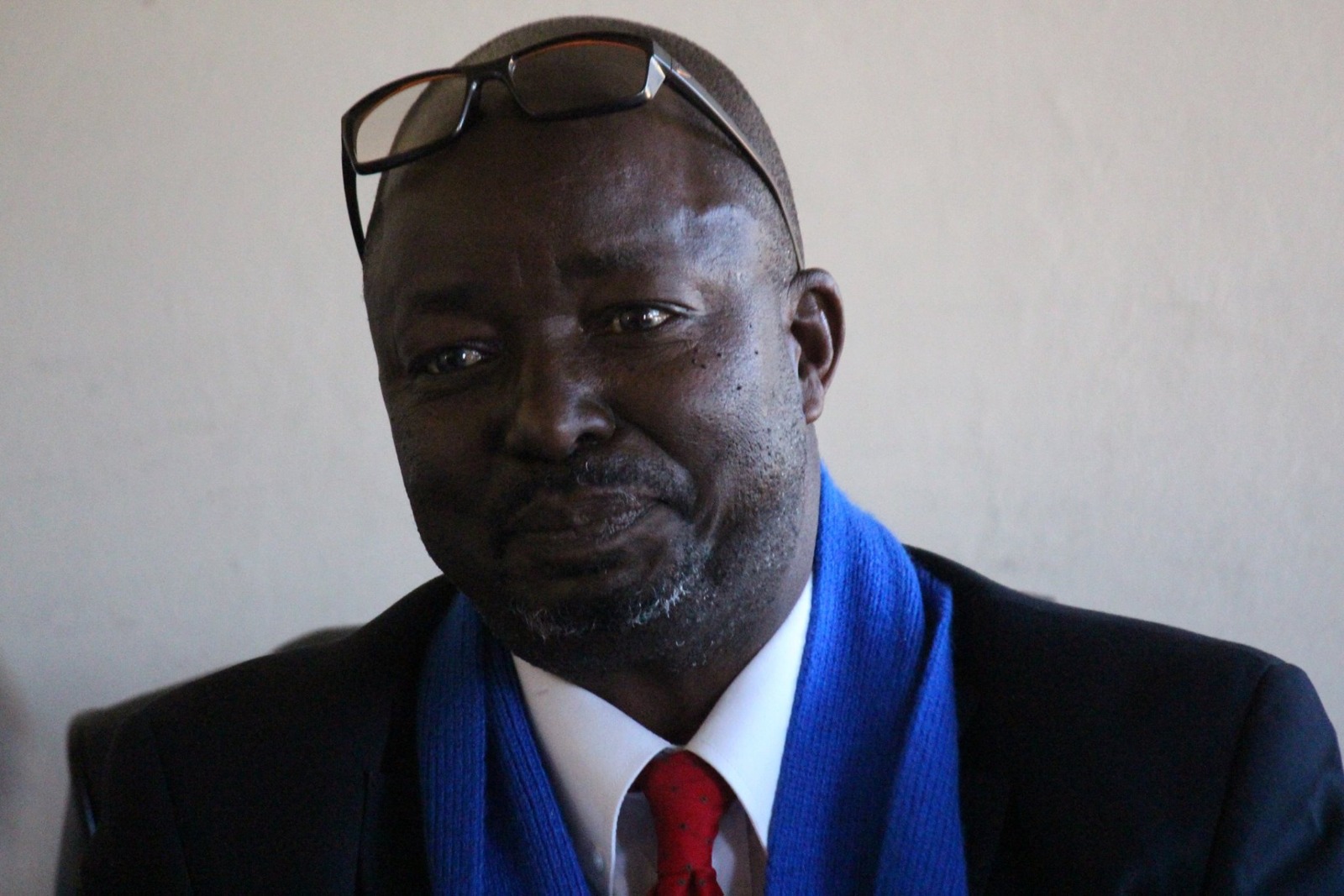DANNY MEYER’A DREAM without a plan will remain a dream’ might be an overused saying, but many entrepreneurs will attest that there is indeed foundation to this adage, and will share that the way they managed to turn a dream idea into a business reality was by garnering and then utilising more productively available resources, or by inviting others to help turn that dream into reality.
To get going means getting started, even if by way of a gentle lift off. This is how most conglomerates started – small and humble beginnings grew to become international corporate firms.
Let’s consider two examples: an entrepreneur who combined his knowledge and skills with the few resources at his disposal to create what many would say is the world’s favourite soft drink. The other is about a budding entrepreneur who dreamt of creating a motor vehicle producer plant, but lacked capital.
John Pemberton dreamt of inventing something that would bring him commercial success, and in 1886 the pharmacist created a distinctive tasting soft drink which could be sold at soda fountains. Coca Cola now sells more than 3 500 products around the globe, mainly comprising sparkling or carbonated beverages.
Henry Ford had a dream to make cars, but knew he needed funding to turn that dream into a reality. So, he identified and then partnered with 12 investors who put up the US$28 000 needed to launch the Ford Motor Company. A month after the launch, with most of the capital exhausted, on 16 June 1903, the first car, a Ford Model A was sold.
Smart investors, those 12 individuals, as three months later the company already made a profit of US$37 000. Smart Henry Ford too, as he made his dream to create one of the world’s largest automobile makers a reality by inviting investors to provide the capital and share the reward.
It is not a secret that most countries on the continent fall short when it comes to investment in infrastructure, and know this in turn hampers economic growth. There seems to be no lack of funders to help African countries take corrective action. The latest one on the landscape is the multilateral development bank, New Development Bank Brics or NDB Brics, for short.
NDB Brics was established by Brazil, Russia, India, China and South Africa, the so called Brics countries. Its mandate is to mobilise and avail resources for infrastructure and sustainable development projects in the five Brics countries and in other emerging economies, including African countries.
Power and energy, water, roads and investments generally in the infrastructure of a country give economic development aspirations a much needed push. But they come with a price tag, and thereby place a burden on the taxpaying population. It must be remembered that in most countries, nobody is exempted and everyone pays tax. For the lower income earners and the unemployed, it generally comes in the form of value added tax, known by the acronym VAT.
The infrastructure of those two southern mining towns, Oranjemund and Rosh Pinah, is impressive when measured by any standard.
These include roads, electricity and water connections, other utilities and services as well as residential, commercial and industrial properties. Surely, more productive use can be made by turning the two southern mining towns into industrial hubs? They are so strategically well located in close proximity to that huge market, South Africa.
When it comes to the mobilisation of investors and investments, the accelerated promotion of public private partnerships (PPPs) seems like a practical way to tide the outflow of capital.
Is there value in Namibia taking a closer look at the two strategies used by Pemberton and Ford to turn Namibia’s growth dreams into reality?
Stay informed with The Namibian – your source for credible journalism. Get in-depth reporting and opinions for
only N$85 a month. Invest in journalism, invest in democracy –
Subscribe Now!






